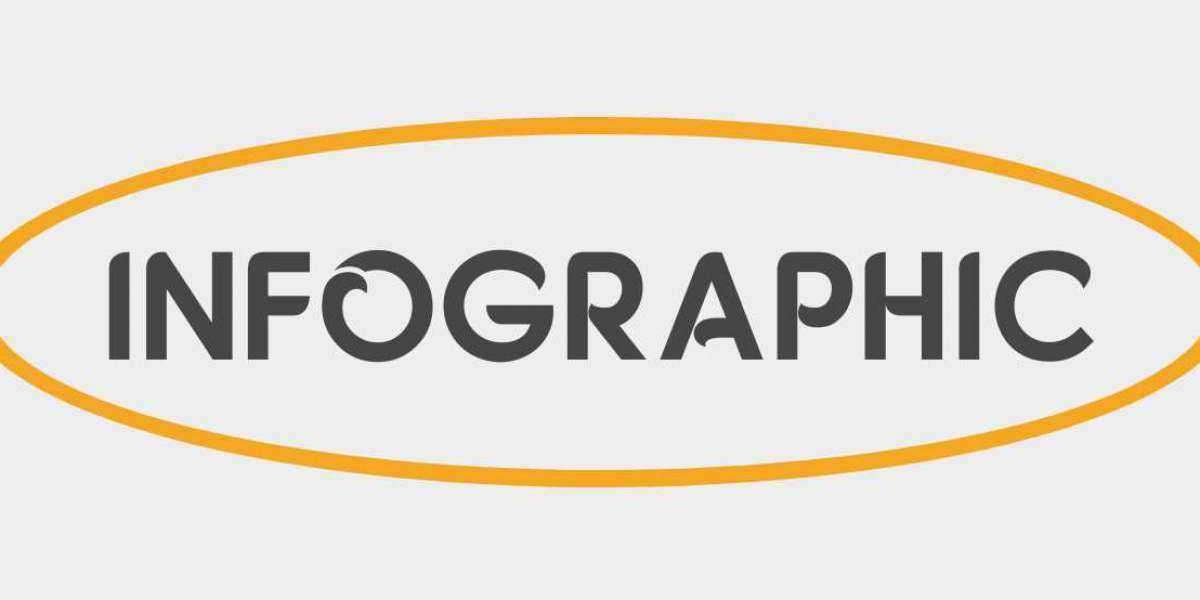In today’s competitive business environment, safeguarding your brand is more crucial than ever. One of the best ways to protect your brand identity is through trademark registration. A trademark not only establishes legal ownership of a brand but also distinguishes it from competitors in the marketplace. This article will guide you through the process, benefits, and legal aspects of trademark registration to help you better understand how to protect your brand.
What is a Trademark?
A trademark is a symbol, word, phrase, design, or combination of these that identifies and differentiates the source of goods or services of one party from those of others. It can be a logo, brand name, or even a slogan that consumers associate with your company.
Trademarks can apply to various industries and sectors, ranging from technology and manufacturing to retail and service industries. For instance, the Apple logo or McDonald’s golden arches are examples of trademarks that represent the respective companies. Trademarks create a sense of trust and reliability in the consumer's mind and act as a protective shield for your intellectual property.
Why Trademark Registration is Important
Trademark registration offers several benefits that enhance the value of your brand and help protect it from misuse:
Exclusive Rights: Registering a trademark gives you exclusive rights to use the mark in relation to the goods or services for which it is registered. No other business can use your mark without your permission.
Legal Protection: Trademark registration ensures that you have legal backing in case someone infringes upon your intellectual property. In the event of unauthorized use, you can initiate legal proceedings against the infringer.
Brand Recognition: A registered trademark helps consumers recognize your brand in the market, setting you apart from competitors. It ensures that your customers can easily identify your products or services.
Intangible Asset: A trademark is an intangible asset that grows in value over time. A well-established brand can even license or sell its trademark to others, creating new revenue streams.
Global Protection: With the globalization of businesses, registering a trademark in your home country can be the first step toward protecting your brand internationally through further registrations.
The Trademark Registration Process
While the trademark registration process may seem complex, it is structured in a way that ensures only genuine applicants receive this protection. Below are the steps involved:
- Conduct a Trademark Search
Before applying for trademark registration, it’s essential to conduct a thorough trademark search. This ensures that no identical or similar trademarks already exist in the same class of goods or services. A search can be conducted through the Trademark Registrar’s website in India or other relevant authorities if registering internationally.
A comprehensive search reduces the risk of rejection and avoids potential legal disputes in the future. It also ensures that your application is unique and stands a better chance of approval.
- Choose the Right Class
Trademarks are registered under various classes based on the type of goods or services. There are 45 different trademark classes, ranging from technology to clothing and manufacturing. It’s crucial to choose the correct class for your application, as registering in the wrong class may invalidate your trademark protection.
If your business covers multiple areas, you can apply under more than one class. For instance, a clothing retailer might register under Class 25 for clothing and Class 35 for retail services.
- Filing the Trademark Application
Once you've conducted the search and determined the appropriate class, you can proceed with filing the trademark registration application. In India, this can be done online through the Intellectual Property India website. The application requires details such as the applicant's name, trademark symbol or logo, the class of goods or services, and a description of the mark.
After submission, a unique application number is generated, which can be used to track the status of the application.
- Examination of Application
The trademark office reviews the application to ensure it complies with all legal requirements. This process usually takes 3-6 months. The examiner checks if the application is valid and whether it conflicts with any pre-existing trademarks.
If there are no objections, the application proceeds to the next stage. However, if the examiner finds issues, they issue an examination report outlining objections. The applicant must respond to these objections within a specified time.
- Publication in Trademark Journal
Once the application clears the examination stage, it is published in the Trademark Journal. This publication allows any third party to oppose the registration of the trademark. If no opposition is filed within four months from the date of publication, the trademark proceeds to registration.
If opposition is filed, the matter goes to a hearing, where both parties present their case. The Registrar then decides whether to uphold or reject the opposition.
- Trademark Registration Certificate
Once the trademark clears the publication stage without opposition, the Registrar issues a trademark registration certificate. This certificate grants the applicant exclusive rights to the trademark for ten years, after which it can be renewed.
Common Mistakes to Avoid in Trademark Registration
Skipping the Trademark Search: Many businesses skip the trademark search stage, which can lead to complications later. A prior-existing trademark similar to yours can result in the rejection of your application or even a legal dispute.
Choosing the Wrong Class: Applying under the wrong class is a frequent mistake that can result in limited or no protection. It’s essential to choose the class that represents your goods or services carefully.
Delayed Response to Objections: Failing to respond promptly to examination reports or oppositions can result in the abandonment of your application. Always stay informed about your application’s status and respond in a timely manner.
Incomplete Documentation: Missing crucial information during the application process can cause unnecessary delays. Ensure all documents, including logos and descriptions, are submitted correctly and completely.
Types of Trademarks in India
Product Mark: This type of trademark is used to identify the origin of a product. For example, the Coca-Cola logo is a product mark.
Service Mark: This mark distinguishes the services of a company. For instance, the trademark for a hotel chain like Marriott would be a service mark.
Collective Mark: A collective mark is used by a group of organizations to represent the origin of their goods or services. For example, the mark used by a trade union.
Certification Mark: This mark demonstrates that the product has met specific standards or criteria. The ISI mark on Indian products is an example of a certification mark.
Shape Mark: Shape marks are trademarks that protect the distinct shape of a product. For example, the shape of the Coca-Cola bottle is trademarked.
For more information, visit us on Register Karo














